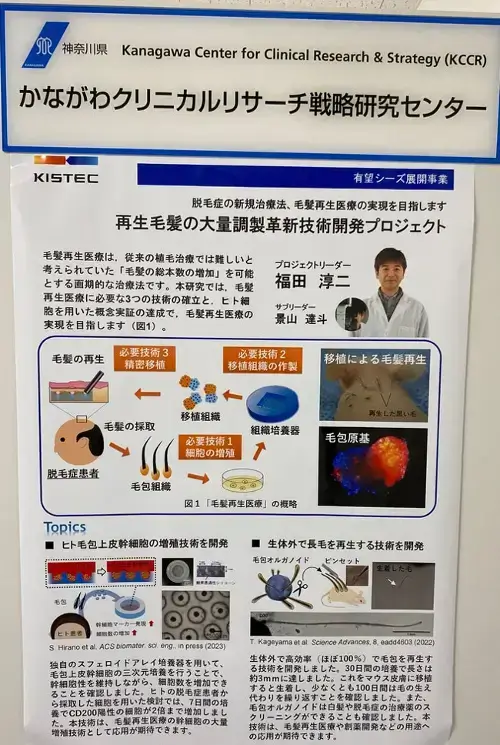We have always been told that the hormone dihydrotestosterone (DHT) is by far the dominant cause of male pattern hair loss (aka androgenetic alopecia). However, numerous other hormones have positive and negative effects on scalp hair growth. I only realized this fully after a new study found yet another hormone to have an impact on hair growth. See the bottom of this post for a full list.
Serotonin and Hair Loss
A July 2025 publication by the renowned Dr. Junji Fukuda’s team in Japan found that serotonin (5-hydroxytryptamine, 5-HT) activates hair growth related genes in dermal papilla (DP) cells. Serotonin is both a neurotransmitter and a hormone. It is often confused with dopamine, since both are neurotransmitters, hormones and feel good molecules. Note that an older 2014 study also found that 5-HT plays a role in regulating hair pigmentation and stress-induced depigmentation.
In this study, the authors mention that circulating serotonin is mainly produced via intestine-microbiome interactions. They also briefly discuss how the microbiome produces various factors and metabolites that influence hair growth and hair regression. This has become an interesting new area of hair loss research, including via related research into the use of live biotherapeutic products to treat hair and skin disorders.

Circulating Hormones and their Influence on Dermal Papilla Cells
One paragraph in the above study in regards to various hormones and their effect on hair growth caught my eye. Especially since I have covered a few of them on this blog (see highlighted links below) without realizing that the number has built up.
“Multiple circulating hormones influence DP cells. For example, dihydrotestosterone shortens the anagen phase of DP cells, while increased estrogen levels (e.g., during pregnancy) spur additional hair growth. Likewise, oxytocin and cortisol exert opposing effects on DP cells and hair growth, the former activating growth factor secretion (stimulatory) and the latter decreasing Gas6 expression (inhibitory). The circadian hormone melatonin promotes hair regeneration via activating Wnt signaling in DP cells. Research on novel hair growth-promoting hormones has accelerated worldwide in pharmaceutical and cosmetic industries, largely targeting these hormones.”
Other hormones that can affect hair growth include: the earlier mentioned serotonin; thyroid; growth hormone; testosterone; insulin and insulin-like growth factor (IGF); and prolactin.
Hormonal Influences on Dermal Papilla Cells
Below is a summary of all the hormones I have discussed in this post and their impact on hair growth (usually via impacting dermal papilla cells):
- Dihydrotestosterone = Negative (-).
- Estrogen = Positive (+).
- Oxytocin = Positive (+).
- Cortisol = Negative (-).
- Melatonin = Positive (+).
- Thyroid = Positive (+).
- Testosterone = Negative (-).
- IGF-1 = Positive (+).
- Prolactin = Negative (-).
- Serotonin = Positive (+).

